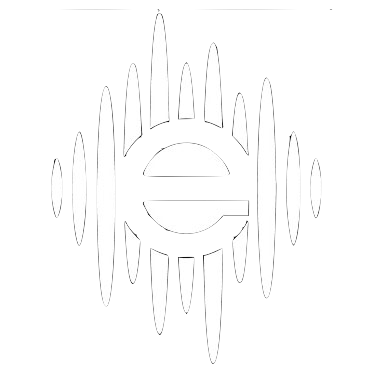
Dolby Atmos
Mixing & Mastering
Open up a new dimension of creativity and sound
Dolby Atmos is an immersive audio experience that allows artists to place elements in a three-dimensional sound field not possible in stereo or 5.1.
It can adapt to any playback system configuration and give your fans a deeper connection to your music. Check out some examples.
A new standard for audio
All major streaming platforms support mixes in Dolby Atmos. They increasingly favor releases with a Dolby Atmos mix on their playlists.
Dolby Atmos is also built in to almost every device now made, including home theater systems, smart speakers, soundbars, TVs, tablets, smartphones, and earbuds.
How I Can Help
Clients reach out to collaborate in a number of ways. Namely:
Dolby Atmos Multitrack Mixing
Dolby Atmos Stem Mixing
Dolby Atmos Mastering
My studio is designed for up to 7.1.4 monitoring and is calibrated to meet Dolby’s standard for Atmos music mixing and mastering.
Engineers who are only to able to work on headphones will also reach out for mix feedback or will come by and listen for themselves to see how their mix translates to monitors.
Dolby Atmos Multitrack Mixing
Multitrack Atmos mixing is similar to stereo mixing in that I work with the individual tracks from your multitrack recording session, but use tools and techniques specific to the Dolby Atmos format.
Every element of your song is an independent sonic object, allowing precise placement and movement in a three-dimensional space. Every instrument can be individually processed however is best for the mix and music.
If your song hasn’t been released yet and no stereo mix exists, strongly consider doing the Atmos mix first to take advantage of all the creative possibilities.
You can subsequently create stereo, 5.1, and other mix formats from the final Atmos mix, or choose to mix natively in those formats as well.
Multitrack Atmos mixing is the way to go for ultimate spatial flexibility, especially if you’ve already used recording techniques conducive to immersive mixing.
Dolby Atmos Stem Mixing
Stem mixing is a very common method for Atmos mixing due to the number of songs already mixed and released in stereo. Stem is an acronym for Stereo Masters, so think of it as remixing your song in Dolby Atmos using a subset of tracks created from your original stereo mix session - stems.
These stems are usually separated into instrumental stereo pairs such as drums, bass, guitars, keyboards, vocals, and more. Any processing you used for the stereo mix is typically printed with your stems. Each stem can then be placed and moved in the immersive mix environment, while using the stereo mix as a reference if desired.
Mixing from stems is still very flexible, a little quicker than multitrack mixing, and produces outstanding results. There’s no reason you can’t still do a full multitrack Atmos mix if your song has already been released. Many artists and labels choose stem mixing to get a head start with sonics and just to save a little time.
Dolby Atmos Mastering
Mastering for Dolby Atmos is helpful for many of the same reasons as mastering for stereo. You get a set of objective ears, listening in an accurate acoustic environment, ensuring your album sounds cohesive from beginning to end from both a sonic and level perspective.
Atmos releases also have specific targets for integrated loudness and true peak levels that must be met or releases may not be accepted by digital distribution services. Mastering can ensure mixes adhere to these standard while still getting the most out of the music.
Some clients reach out for Dolby Atmos mastering because they’ve never listened to their mix on a properly calibrated monitoring system, or even on monitors at all. As the tools for Atmos mixing become more widely available, accurate monitoring can still be a challenge.
It’s common to get mixes that have been done entirely on headphones using either room simulation or just referencing the binaural, and the translation across playback systems mat not be ideal.


